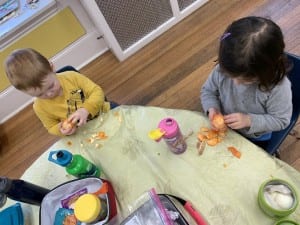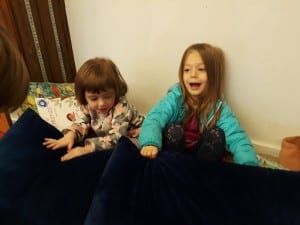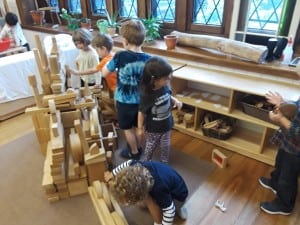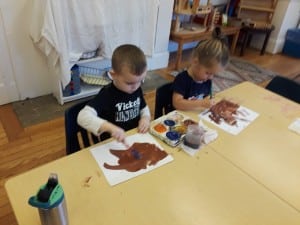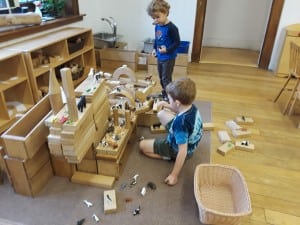Last chance for summer reading materials in French through Bayard-Milan!
Bonjour tout le monde,
Tomorrow, May 15th, I will have a table of sample materials from the French language publishing house, Bayard-Milan, on display for your consideration in the Learning Commons.
My hope is that parents and families of students of all ages at BCD will stop by during or after school to peruse the selections, and consider subscribing to a magazine for your child for some enriching summer reading in French!
From Pre-school through Gr.9, there is something for everyone!
The samples on display will be organized by level and age, and include a plethora of themes, styles, and layouts. Please check out the link below for more information on the different magazines offered, per age.
http://monde.bayard-milan.com/parents/quel-magazine-pour-quel-age/
What is Bayard-Milan? … “We are journalists, graphic designers, early childhood education professionals, employees or freelancers … for forty years we have chosen to put our readers at the center of our editorial thinking. Listening to them, understanding them, astonishing them, nourishing them with inspirational works and accompanying them at each stage of their lives.”
Here’s a short excerpt on the mission of Bayard-Milan:
“More than anything, today as for yesterday, we have a duty of promoting enchantment in the younger generation. And in this particular situation where our magazines are not the voice of parents or teachers, but of caring accomplices, we can highlight the positive force that exists in everyone and in the many situations one encounters in life. And when you have the chance to live through words, thanks to talented creators, characters who can embody all their life experiences, it’s as if we invent small lights that will mark the lives of children and which they are will remember for a long time.”
Please carve out a few minutes tomorrow to check out the selection of Foreign Language materials in the Learning Commons, for all grade levels and interests!
Best,
Mme. Daire
P.s for all inquiries concerning subscriptions, please refer directly to the US agent for Bayard-Milan ;
Ms. Catherine LAMY
*Orders are not placed through BCD.
http://monde.bayard-milan.com/#
Merci beaucoup!


